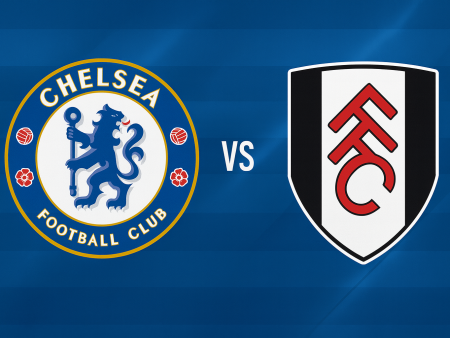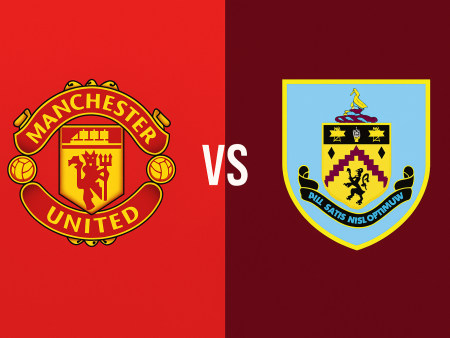Overview: West Brom’s Dramatic Victory Over Chelsea at Stamford Bridge
Chelsea’s first league defeat under Thomas Tuchel came in spectacular fashion, as an inspired West Bromwich Albion stunned the Blues 5-2 at Stamford Bridge. Despite Chelsea’s early control and a red card for Thiago Silva, it was West Brom’s tactical brilliance, especially in the attacking third, that led to a result few could have predicted. The Baggies not only revived their faint survival hopes but also exposed serious vulnerabilities in Chelsea’s battle for a top-four finish. This in-depth tactical analysis explores how West Brom achieved this remarkable result, focusing on Sam Allardyce’s setup, standout player roles, and pivotal strategic moments.
Matheus Pereira’s Influential Free Role in West Brom’s Attack
A critical factor in West Brom’s attacking dominance was the tactical freedom granted to Matheus Pereira. Designated mainly as a left-sided midfielder in a four-man midfield, Pereira regularly departed from his wide position to wreak havoc across the pitch. This fluidity proved nightmarish for Chelsea’s defensive structure, as the Blues struggled to pick up his unpredictable movements.
Pereira’s most decisive contributions routinely came from the right side, despite his starting position on the opposite flank. He found space in dangerous zones, particularly for both of his goals and a key assist, capitalizing on Chelsea’s disorganization during transitions. Defensively, Pereira fulfilled his duties by tucking back into the midfield line, but on the offensive, he pressed centrally and drifted across the attacking third, linking with fullbacks and supporting quick counters. This led directly to pivotal moments-his pressing and positional awareness set up the passages of play that resulted in Thiago Silva’s yellow cards and eventual sending off, ultimately swinging momentum firmly in West Brom’s favor.
Overall, Pereira had a direct hand in four of West Brom’s five goals, underlining just how effective his hybrid role was in dismantling a usually robust Chelsea defensive unit.
West Brom’s Evolving Press: From Compact Mid-Block to Aggressive High Press
Historically under Sam Allardyce, West Brom thrived in a mid-to-low block structure, emphasizing defensive solidity and capitalizing on opposition mistakes. However, tactical shifts following the arrivals of Mbaye Diagne and Ainsley Maitland-Niles saw the Baggies embrace a more front-footed approach. Their pressing strategy versus Chelsea showcased this evolution.
West Brom allowed Chelsea possession among their centre-backs and deep midfield but sprang into coordinated action as soon as the ball shifted toward Chelsea’s wing-backs. Attackers and wide midfielders, including Pereira and Matt Phillips, closed down space, challenged first touches, and forced errors. This was not reckless all-out pressing; rather, it mirrored the principles of a mid-block but deployed much higher up the pitch. By condensing space higher on the field, they denied Jorginho and Mateo Kovacic time or passing lanes to break lines, funneling Chelsea’s distribution out wide where fullbacks and wingers could quickly pounce.
The central midfield duo of Maitland-Niles and Okay Yokuslu were instrumental here, combining for 11 tackles and 5 interceptions-key figures that emphasize their disruptive role. While Kovacic managed to bypass pressure on occasion, Jorginho struggled, and Reece James repeatedly found himself pressed into mistakes by West Brom’s energetic forwards.
Structural Discipline and Defensive Support in Wide Areas
West Brom began with a disciplined 5-4-1 defensive block, with Pereira tucking in on the left whenever play was deep in their half. A vital aspect of their strategy was the minimal gap between fullbacks and wide midfielders. This narrow, compact shape allowed West Brom to double up on Chelsea’s wide threats, shut down crossing lanes, and limit both Reece James and Hakim Ziyech’s impact.
Offensively, this structure offered West Brom support in transition, as the close proximity of fullbacks and wingers-on both flanks-allowed for rapid combination play and overlapping runs. Defensively, Marcos Alonso’s high positioning for Chelsea left them vulnerable to swift counters, an opportunity which the likes of Connor Townsend and Darnell Furlong were quick to exploit, further amplifying the effectiveness of Allardyce’s tactical blueprint.
Devastating Counterattacks and Fluid Attacking Combinations
West Brom’s attacking output against Chelsea was characterized by rapid, well-coordinated counterattacks, capitalizing on the numerical advantage after Silva’s dismissal. The Baggies consistently flooded forward as a unit, making the most of Chelsea’s committed forward numbers and the resulting gaps at the back.
The introduction of Callum Robinson after Ivanovic’s injury was a masterstroke by Allardyce, as he offered intelligent movement and complemented Pereira’s freedom. Playing as an advanced forward in a 4-4-1-1 restructure, Robinson alternated between drifting wide and making delayed runs into central areas, ensuring Chelsea’s defenders were always being asked new questions.
Yokuslu anchored midfield transitions, dictating tempo and releasing early forward passes. Meanwhile, Townsend’s surges down the left were repeatedly well-timed with Pereira’s central drifts, creating overloads and laying the groundwork for incisive final-third combinations. The result was a series of quick, slick, and clinical attacking moves-culminating in finishes not traditionally associated with a side fighting relegation.
Conclusion: Tactical Lessons from a Standout Premier League Upset
Chelsea entered the match with a formidable defensive record under Tuchel, but West Brom exposed chinks in their armor through astute tactical choices, relentless pressing, and clinical counterattacks. While Silva’s red card undoubtedly impacted the contest, West Brom’s aggressive yet cohesive team performance suggests their resurgence was no fluke. For Chelsea, this result was a humbling reminder of the fine margins in the Premier League and a signal of areas requiring immediate attention in their quest for Champions League football.
For West Brom, this victory was not merely about three points-it demonstrated their capacity for tactical adaptation and attacking flair, leaving a blueprint for future encounters against higher-ranked opponents.
Further Reading and Related Analyses
- Thomas Tuchel’s Tactical Philosophy at Chelsea: A Deep Dive
- Tactical Breakdown: Chelsea’s 0-0 Draw with Wolves
- Chelsea vs Burnley: How Tuchel Secured His First Premier League Win
Explore more tactical insights and comprehensive football match breakdowns for a deeper understanding of the game’s evolving strategies.













